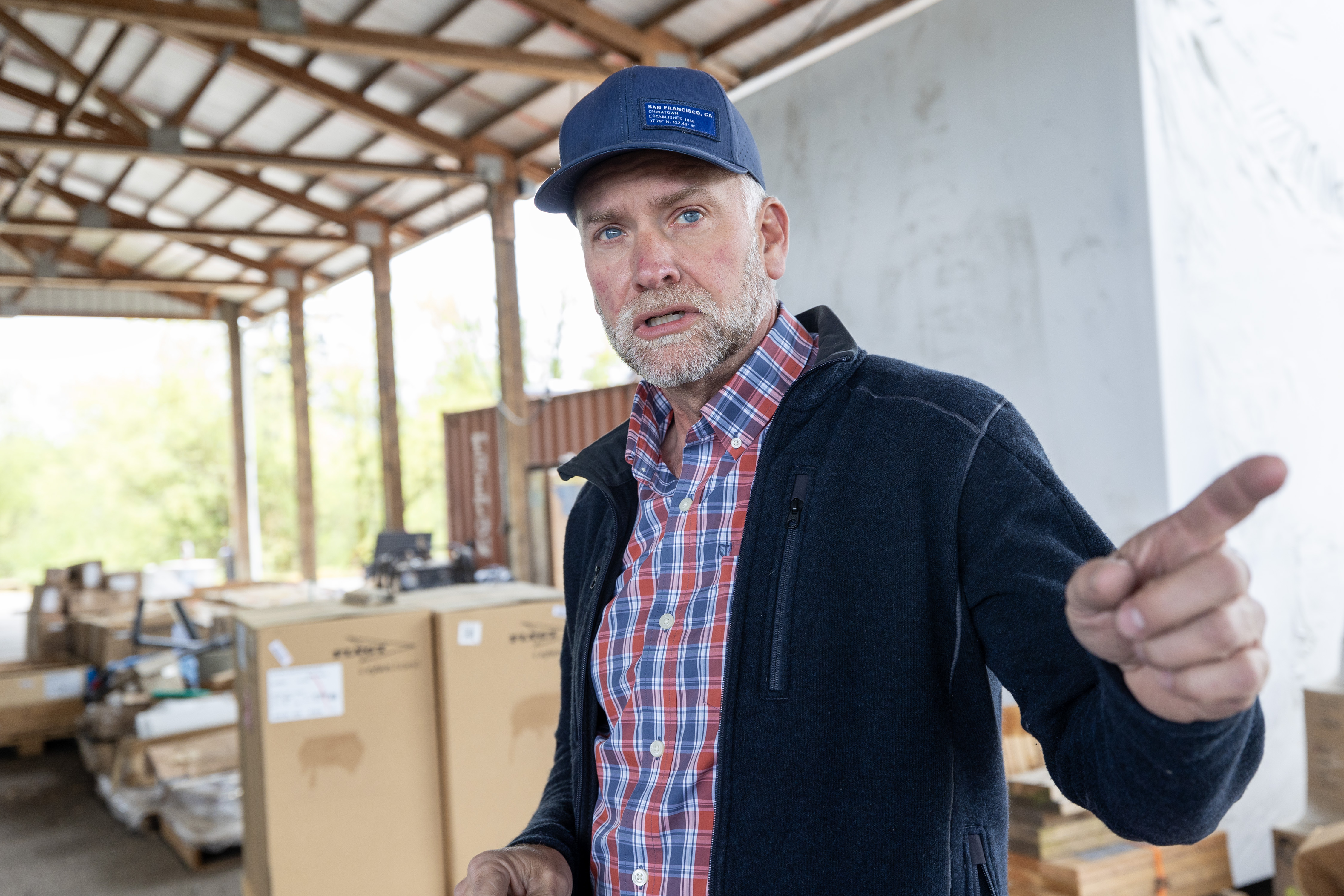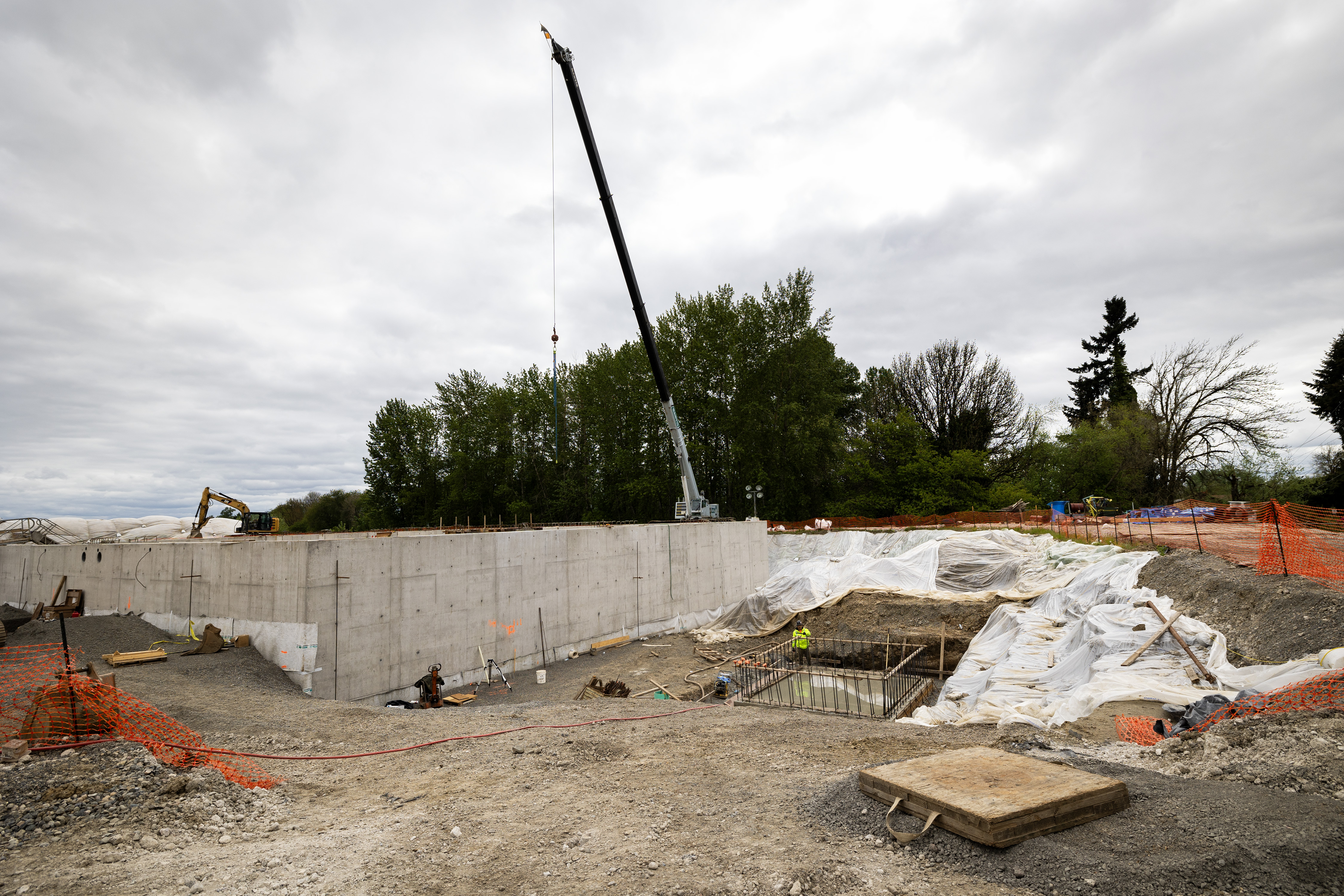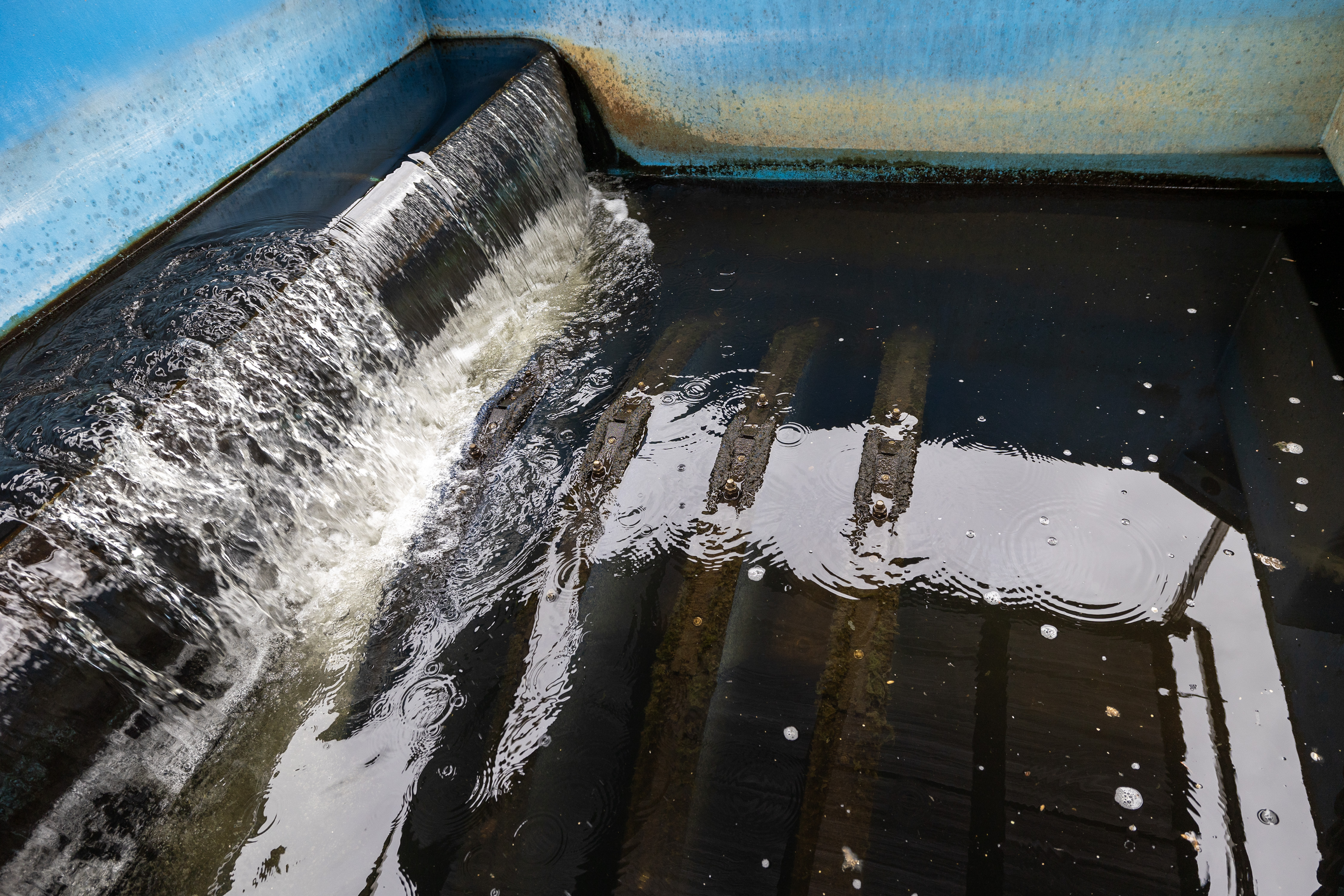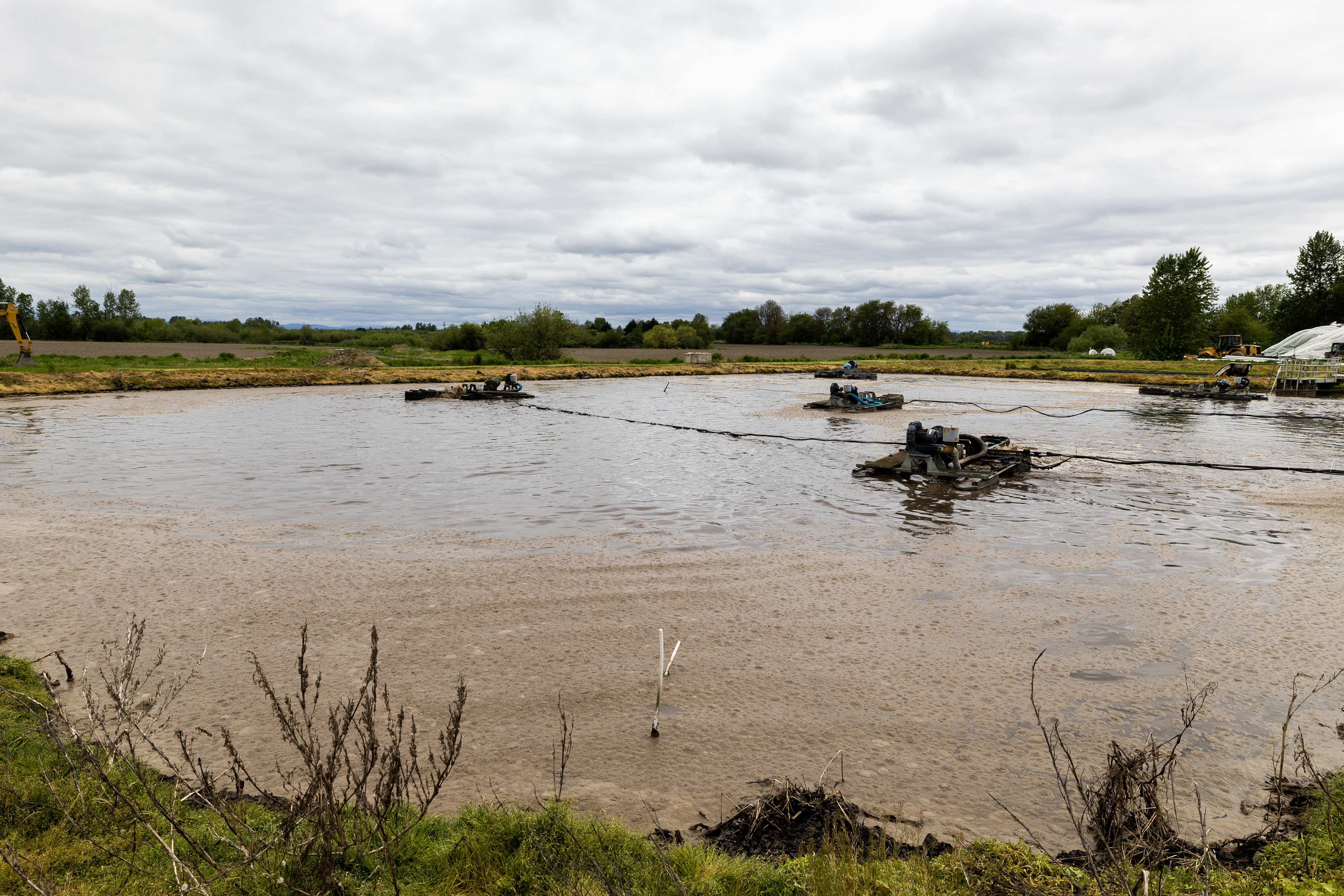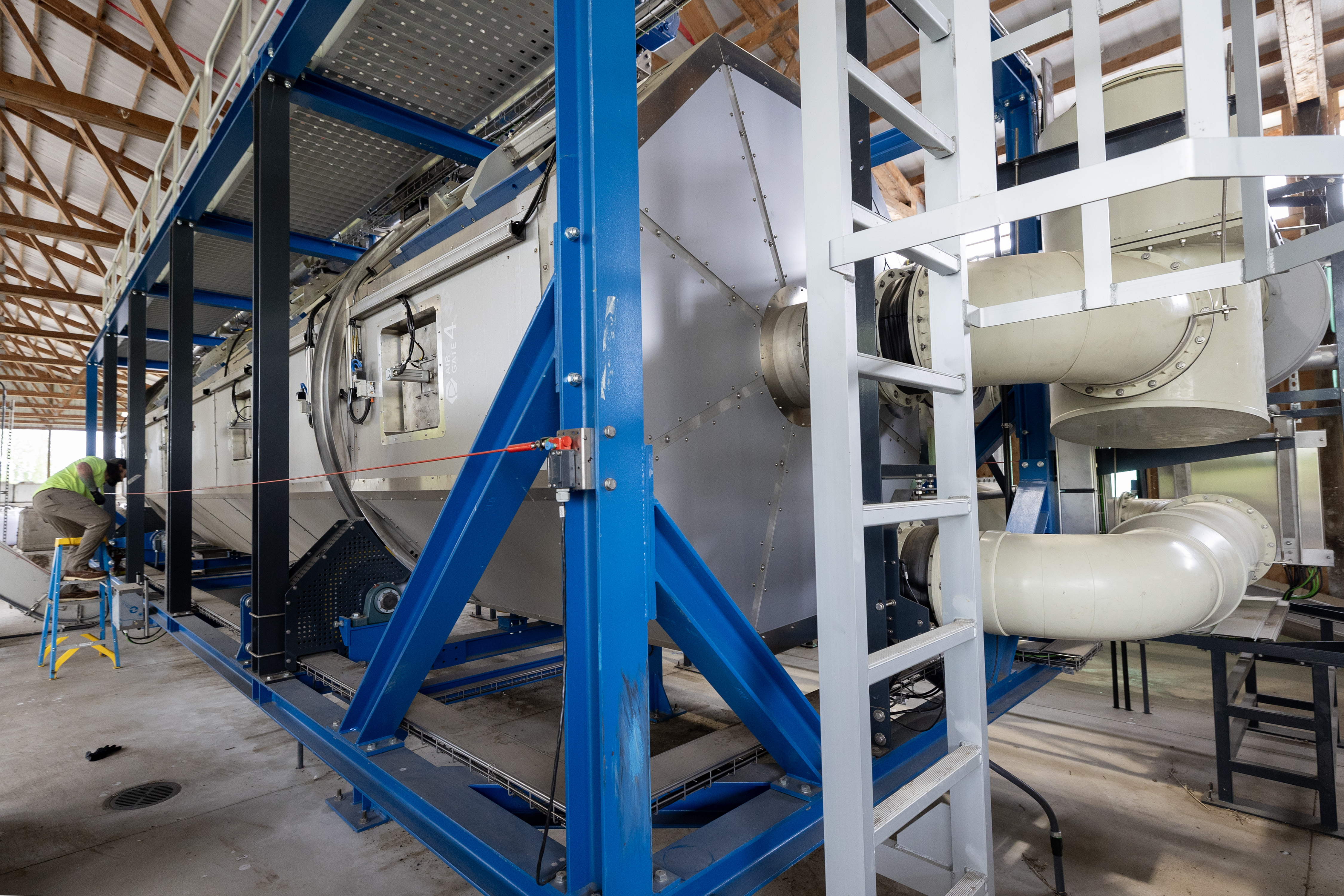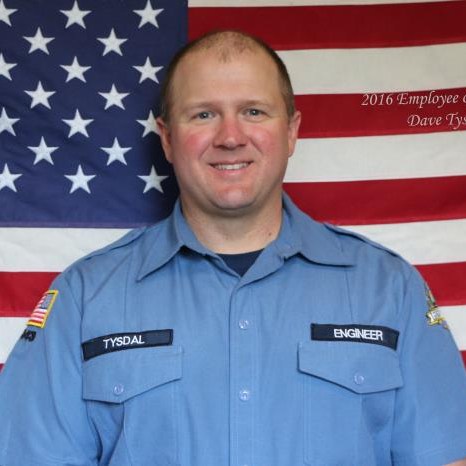New Scappoose wastewater plant upgrades will mean free fertilizer for community members
Published 1:00 pm Tuesday, May 6, 2025







There’s one thing most Scappoose residents have in common: When they flush, it all goes to the same place.
About a million gallons of Scappoosian waste rushes through the pipes of the city’s wastewater treatment plant each day, Wastewater Treatment Supervisor Kevin Turner said. It’s the great equalizer, in a way, and it smells about the way you think it does.
With all that dirty work, the plant is due for some upgrades so it can continue to serve the growing city. Scappoose residents saw their water rates increase last summer to help fund these improvements, which began in August and are expected to finish next summer. Along with a slew of system enhancements, community members will benefit from a new machine that turns waste into fertilizer that the city will give out for free.
“When this was upgraded in ‘92, it was built for a capacity of another 20 years,” Turner said. “So we reached that point — we got more life out of it, actually, it’s very well taken care of — and now we’re at that next phase where we have to do that for the next phase of growth.”
Through the wastewater treatment plant
The city’s waste first comes through the headworks, where it gets screened for debris and inorganic material, like flushable wipes (which Turner says you shouldn’t flush).
Eventually there will be a new headworks building constructed, Turner said, which will include new screens and a grit chamber, which the city currently doesn’t have, to filter the wastewater for things like gravel.
Inside the headworks are multiple pumps that help transport the wastewater to the next phase of treatment. These were recently upgraded, Turner said, having served the plant since 1992.
From the headworks, the wastewater gets pumped to the aeration basin, which works like a big chemistry project.
“That’s where the majority of the microbiology does its work to break down the sewage,” Turner said.
The city is currently using a temporary aeration basin while a new one is constructed. The old aeration basin had a 2 million gallon capacity, but the new one will have a smaller footprint of about 750,000 gallons, thanks to more efficient technology. The temporary basin that’s currently in use will remain as a back up.
“It’s built so it can be expanded out for the future to make it easier on the next crew,” Turner said.
From the aeration basin, the wastewater goes through a clarifier, which uses gravity to help separate the solids from the liquids. The liquid portion is then disinfected with ultraviolet light and pumped into the river. The UV lights will also be upgraded, making the process more efficient.
The solids go to a screw press, where they get combined with a polymer that helps dehydrate it as much as possible before it heads to the final step.
The biosolids dryer
Scappoose’s waste doesn’t go to waste — it gets turned into fertilizer by the city’s new biosolid dryer.
Shaped like a giant, metal cylinder, it works like the clothes dryer, but on a much larger scale. Biosolids are spun around at 190 degrees Fahrenheit for three days, eventually making giant, marshmallow-shaped bags of fertilizer. It cost the city about $2.7 million, $2.5 million of which came from federal American Rescue Plan Act funding, Turner said.
The dryer has been running since December, and Turner said he expects to see about 200 bags or more produced annually.
Before the biosolids dryer was purchased, the building it now sits in would be full of dehydrated waste by the end of summer, causing a, politely called, fragrance to permeate the city.
“There’s been a significant odor associated with those,” Turner said. “But we’re trying to avoid all that, make it a better environment for the community.”
It was expensive to get rid of, too. Because of more stringent regulations with the previous dry product, the city would pay about $200,000 each year to handle it, Turner said.
The new biosolid dryer makes fertilizer that’s approved for use by the average person. And once the city gets the go-ahead from the state Department of Environmental Quality and clears a few other bureaucratic hurdles, the fertilizer will be available to community members for free. Turner imagines that there will eventually be a DIY-station set up for people to come bag what they need.
“We can take it through the parks, put it in the shrubs,” Turner said. “People want it already.”



